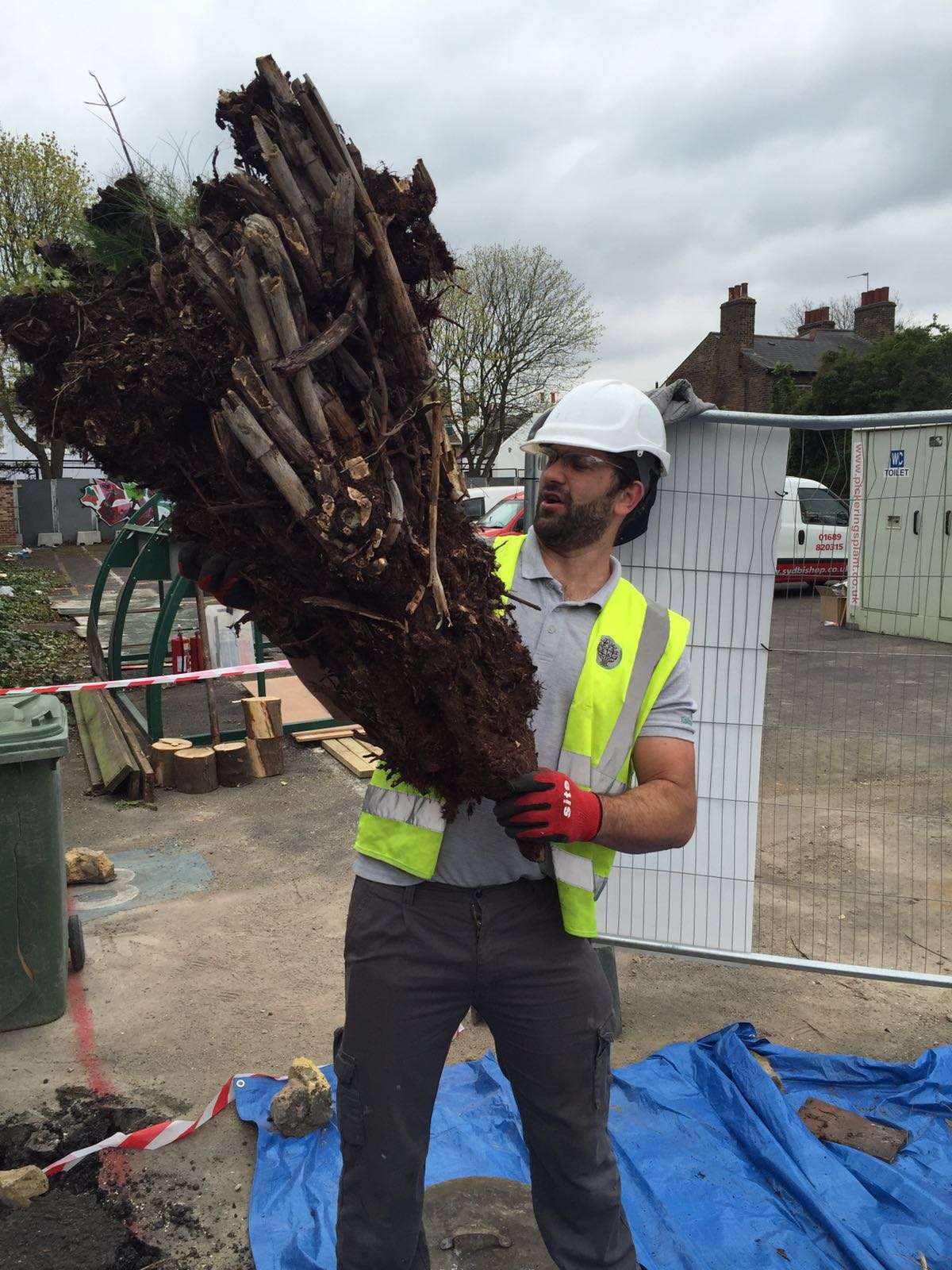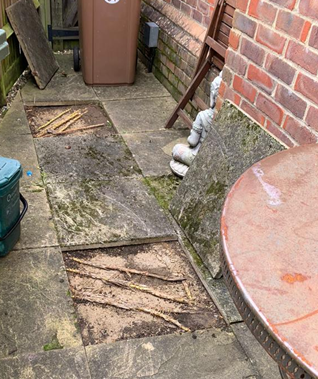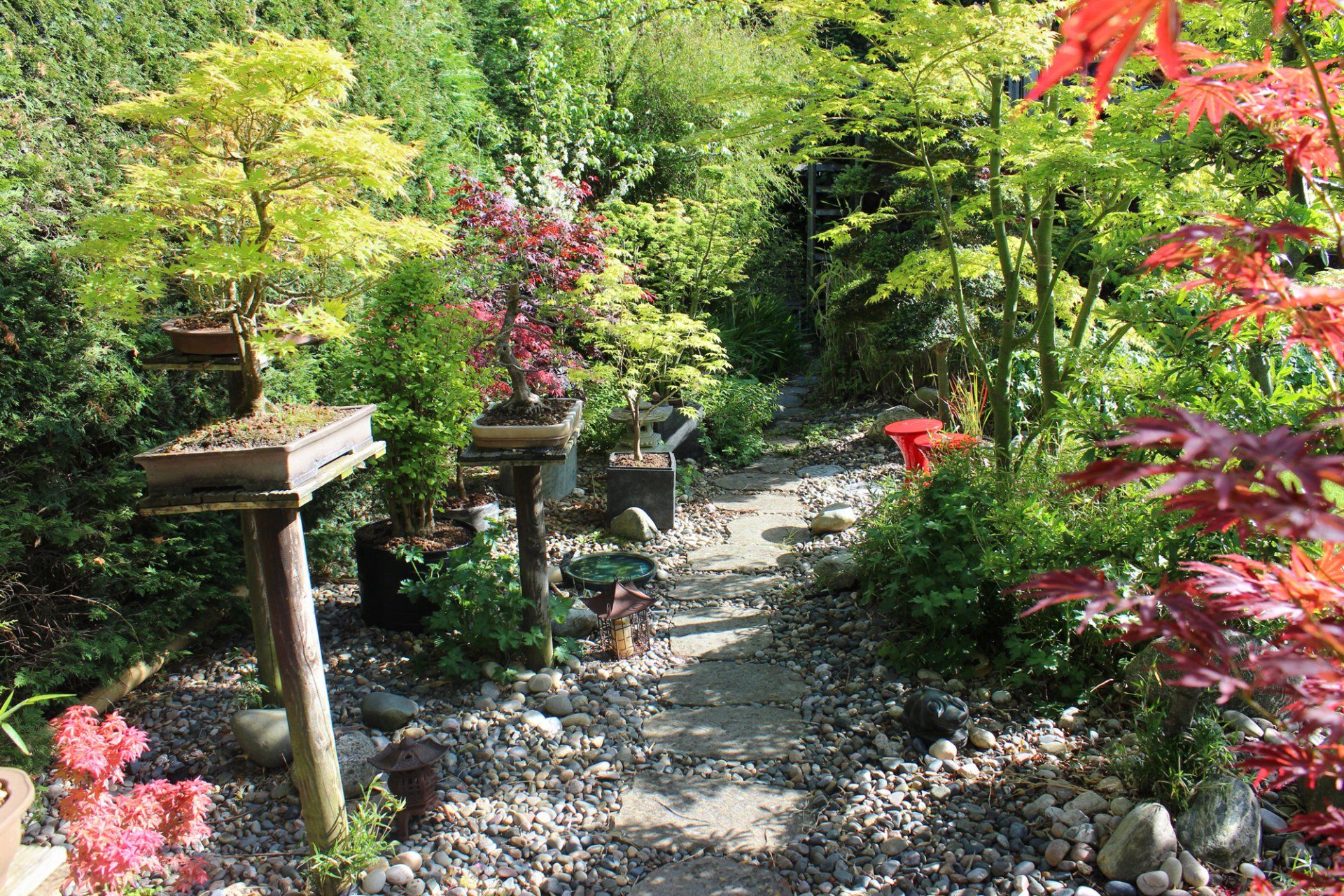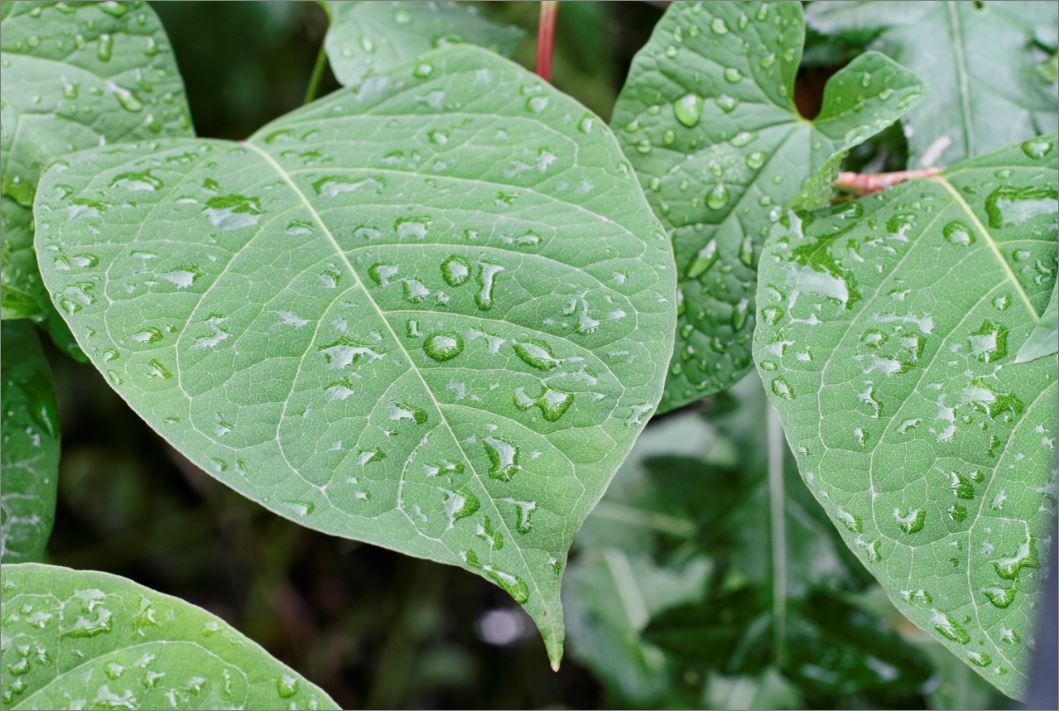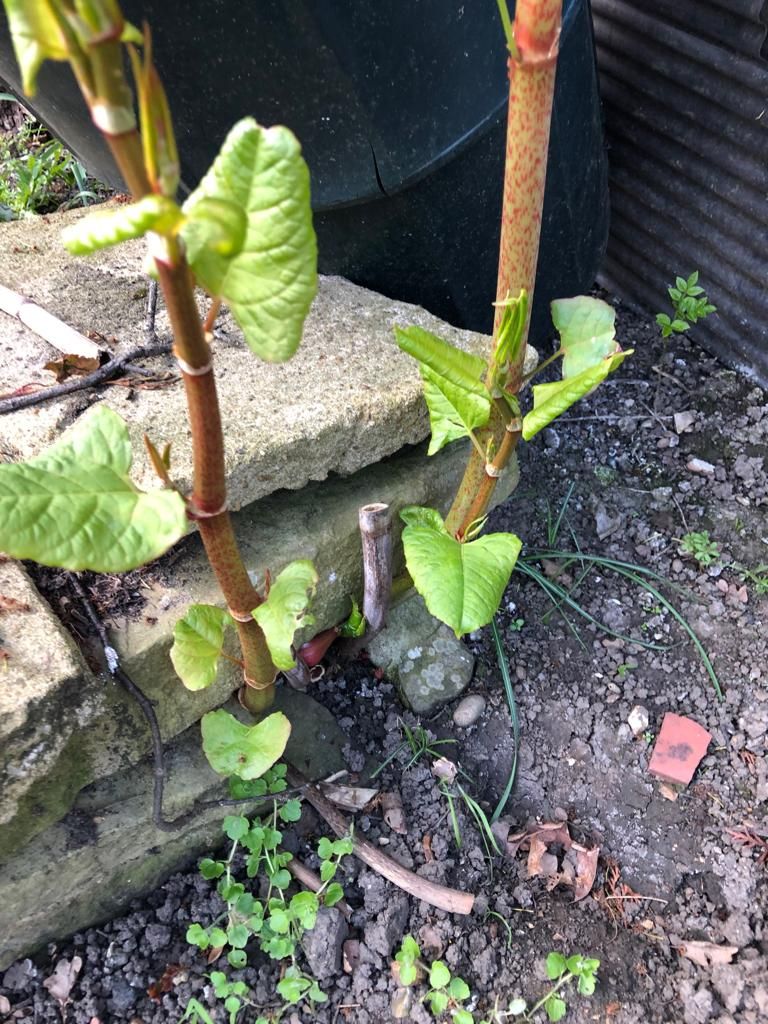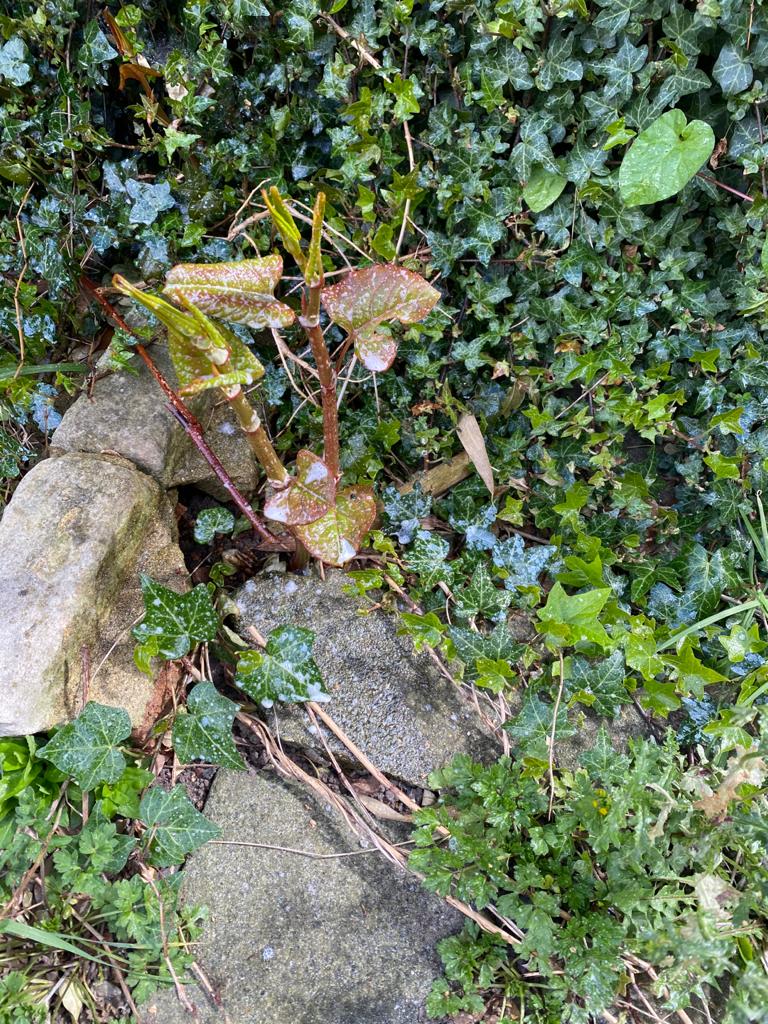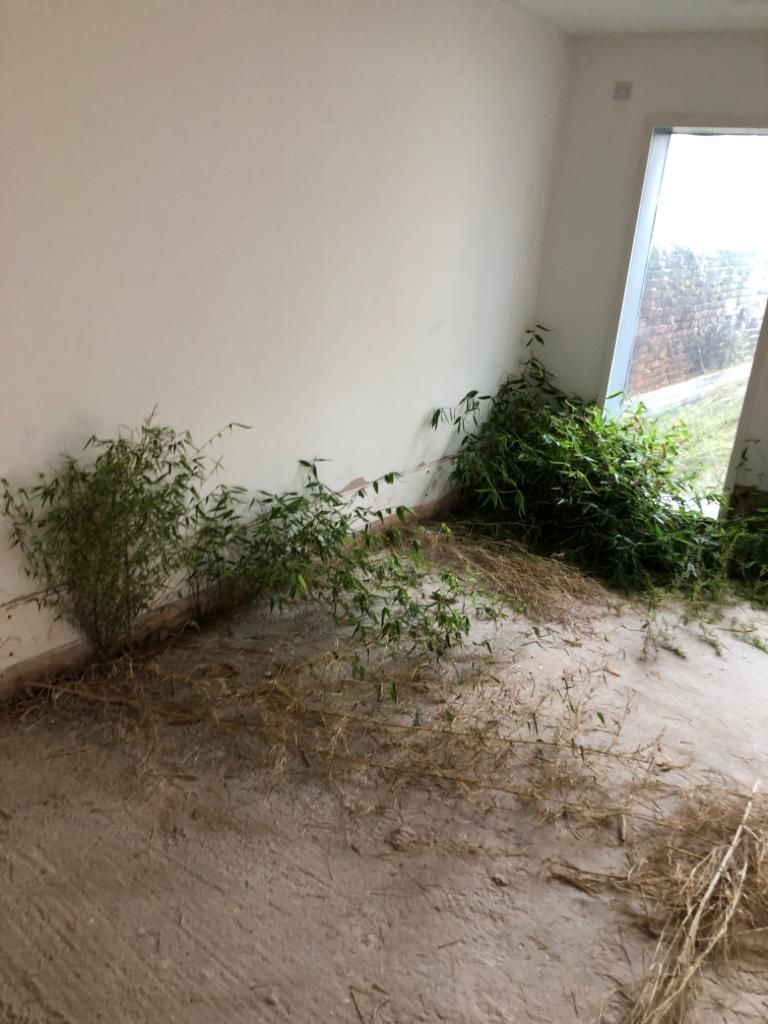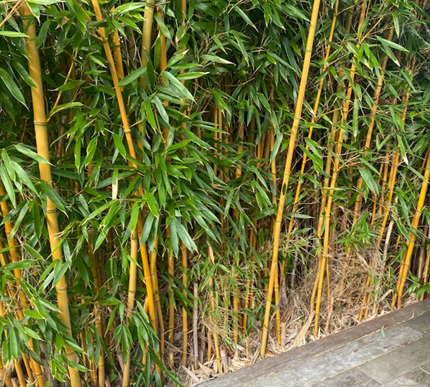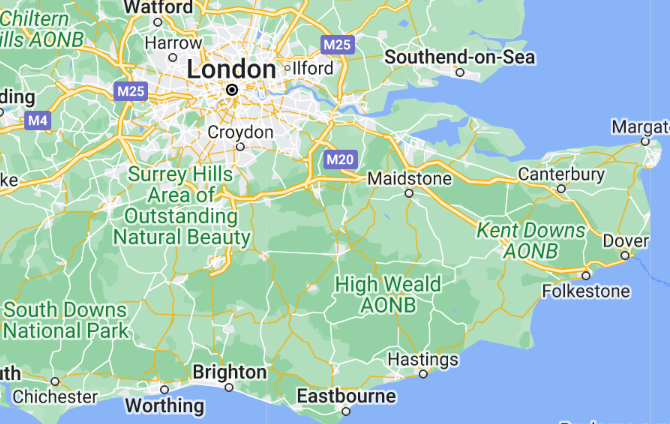8 Invasive Plant Species to Look Out For
Invasive species can outcompete native plants and wildlife, disrupt ecosystems, and cause economic harm. Therefore, it’s vital that you are able to identify and rectify invasive plant problems quickly, before the plant in question gets a chance to spread.
Here are 8 invasive plant species to watch out for on your property or surrounding areas.
Japanese Knotweed
Japanese knotweed is one of the most invasive plant species in the UK and can cause severe damage to buildings and infrastructure. This fast-growing plant can spread rapidly and is difficult to control once established. Japanese knotweed removal requires a professional approach, as the plant’s deep roots can make it difficult to remove completely.
Spear Thistle
Spear thistle is a spiny and invasive plant species that can quickly spread and dominate areas of grassland. The plant is unpalatable to livestock and can cause physical harm to animals and humans, making spear thistle removal a priority.
Ragwort
Ragwort is a poisonous plant that is toxic to livestock and can cause liver damage if consumed in large quantities. The plant is easily spread by seed and can quickly colonise pastures and meadows, making ragwort removal a necessary step to protect livestock.
Himalayan Balsam
Himalayan balsam is a highly invasive plant species that can quickly colonise river banks and displace native vegetation. The plant produces a large number of seeds that can be dispersed by water, making it difficult to control. Himalayan balsam removal should be done as early in the season as possible, before the plant has a chance to set seed.
American Skunk Cabbage
American skunk cabbage is an invasive plant species that can quickly colonise wetlands and damp areas. The plant produces a strong and unpleasant odour, making American skunk cabbage removal necessary for aesthetic reasons as well as for the preservation of the natural ecosystem.
Spanish Bluebell
Spanish bluebell is a highly invasive plant species that can quickly spread and dominate areas of woodland. The plant outcompetes native bluebells and other woodland flora, making Spanish bluebell removal a priority for the preservation of the natural ecosystem.
Giant Hogweed
Giant hogweed is a large and imposing plant species that can cause skin irritation and even blindness if not handled properly. This plant can quickly spread and outcompete native vegetation, making giant hogweed removal a priority.
Ivy
Ivy is a well-known invasive plant species that can quickly spread and dominate areas of woodland and shrubbery. The plant can cause physical harm to buildings and structures, making ivy removal necessary for the preservation of the built environment.
Don't let invasive plant species take over your property or surrounding environment. Gaia Environmental will be more than happy to remove these harmful plants and protect your ecosystem.
Our team of experienced professionals use the latest techniques and equipment to remove invasive plant species and ensure they do not return.
Contact us today to schedule a consultation and take the first step in preserving the natural beauty of your environment.


